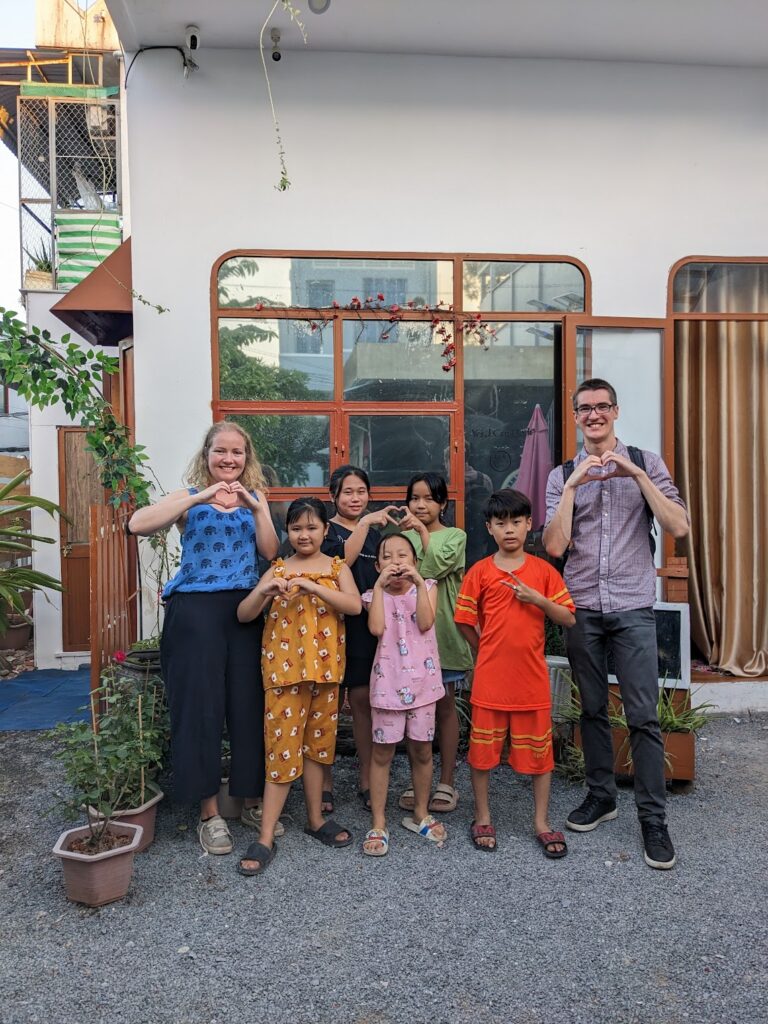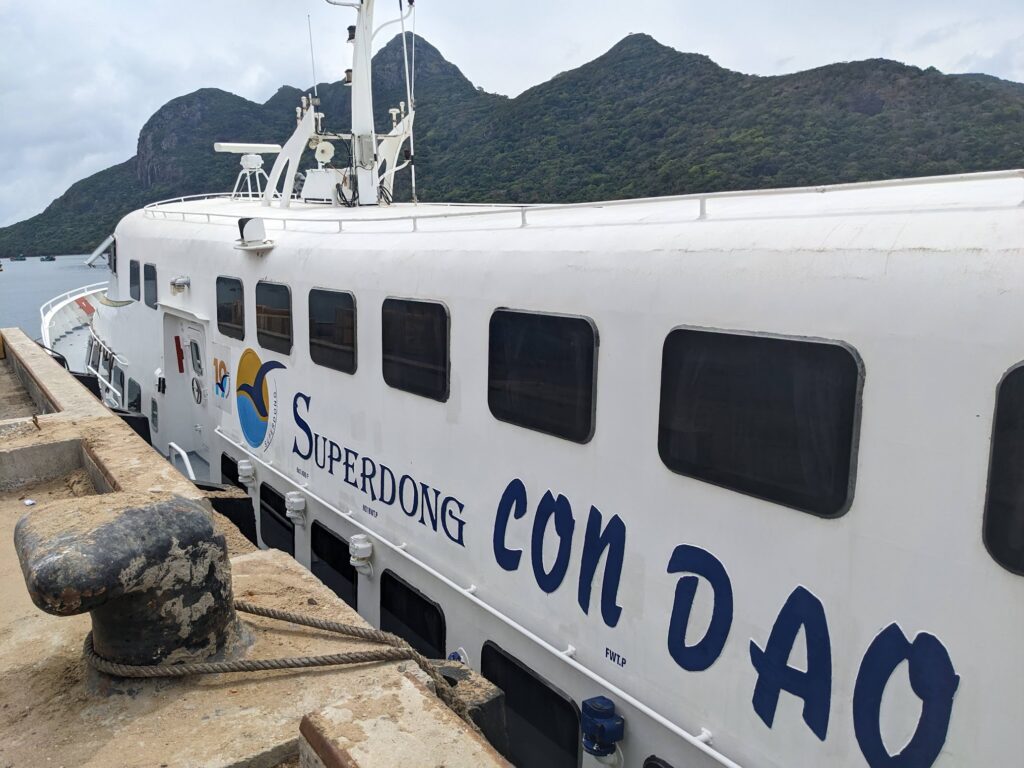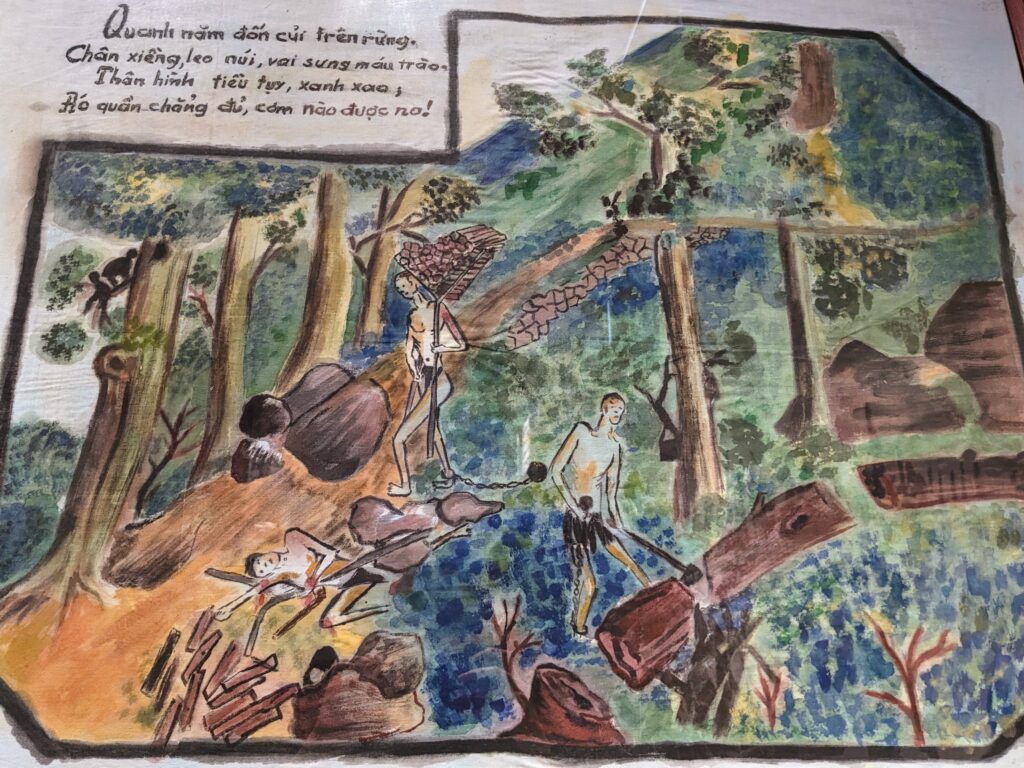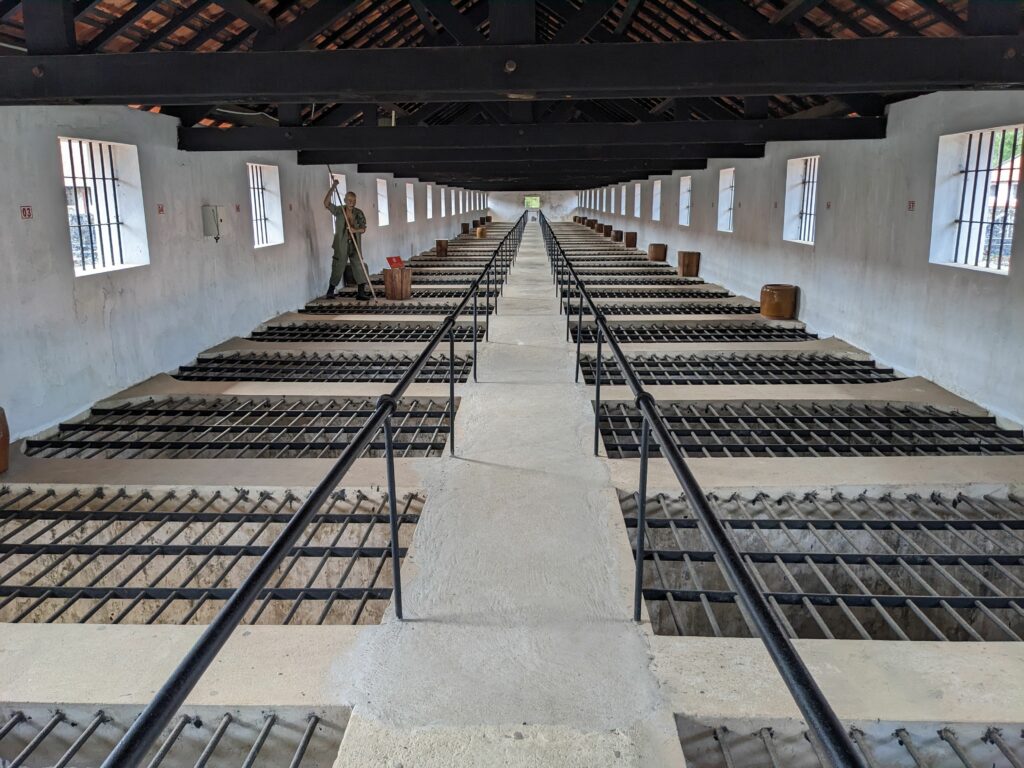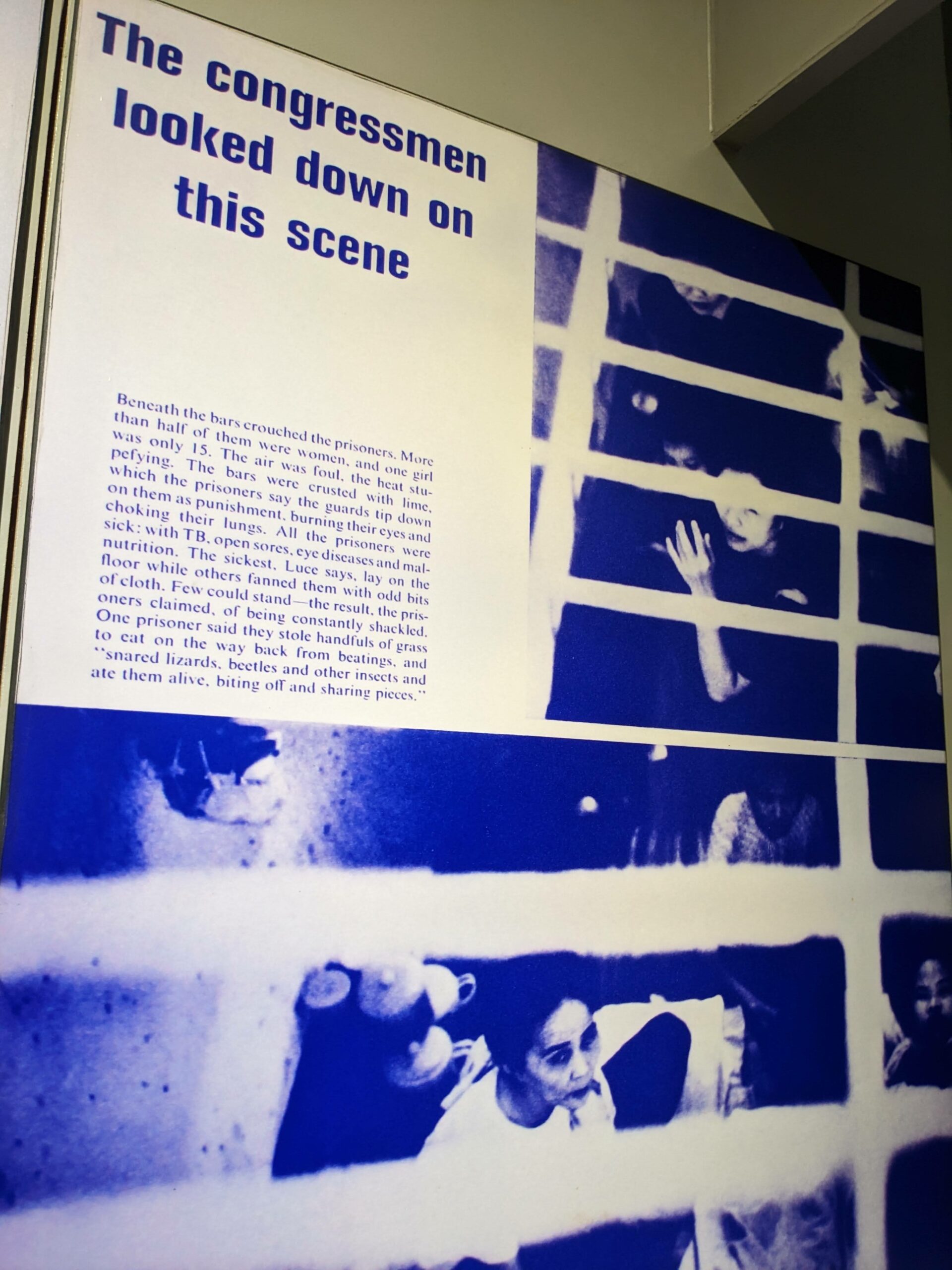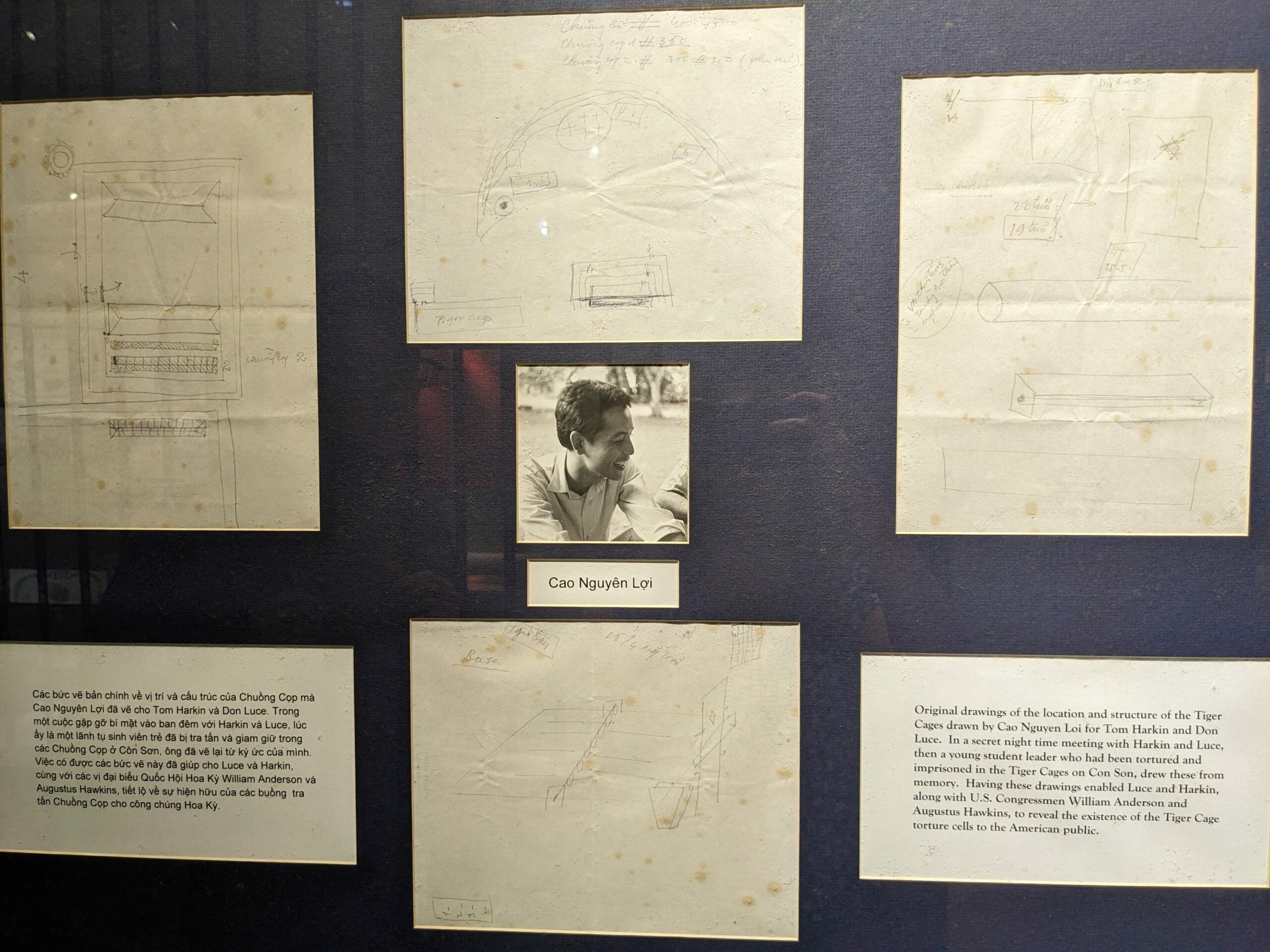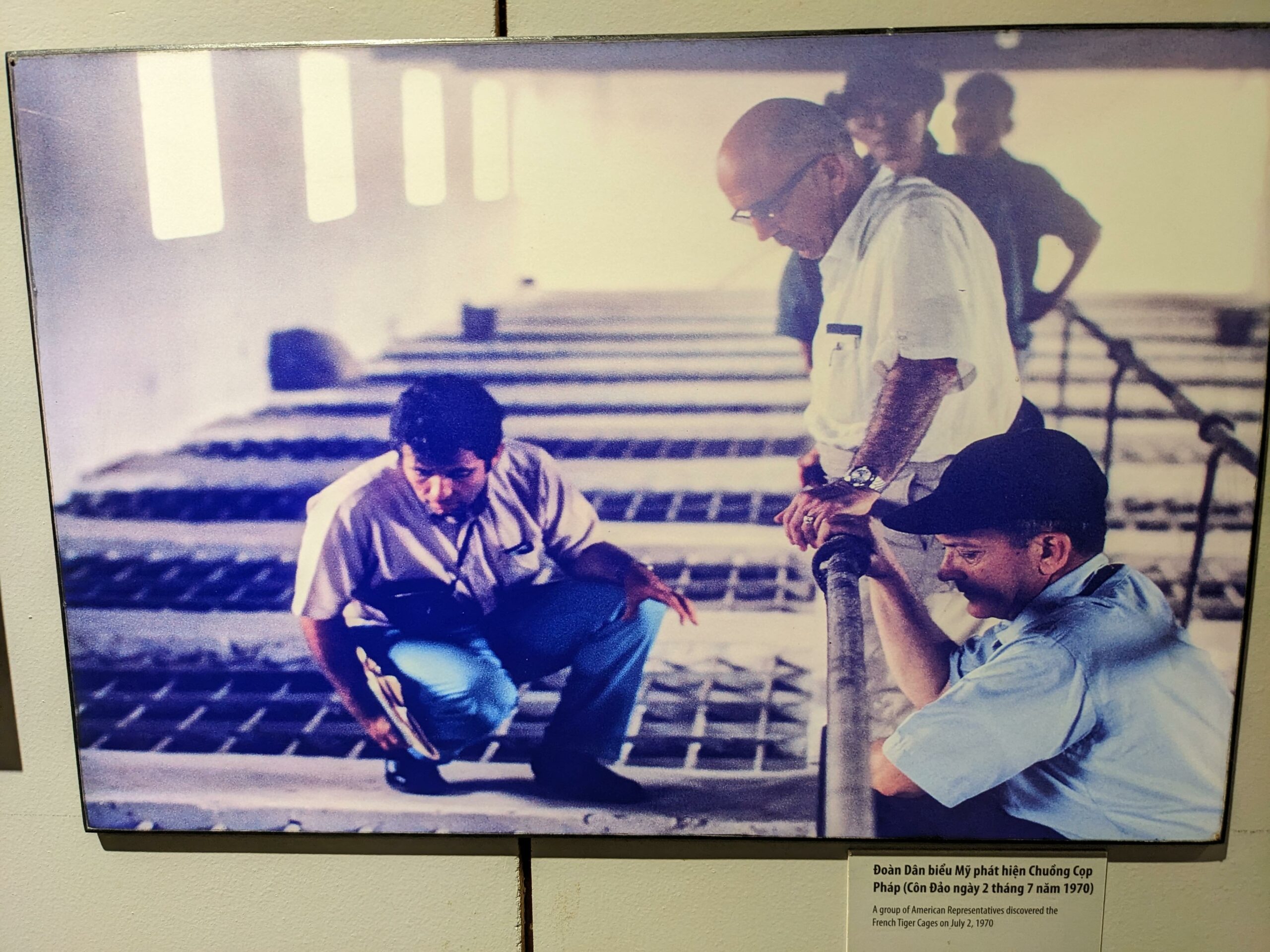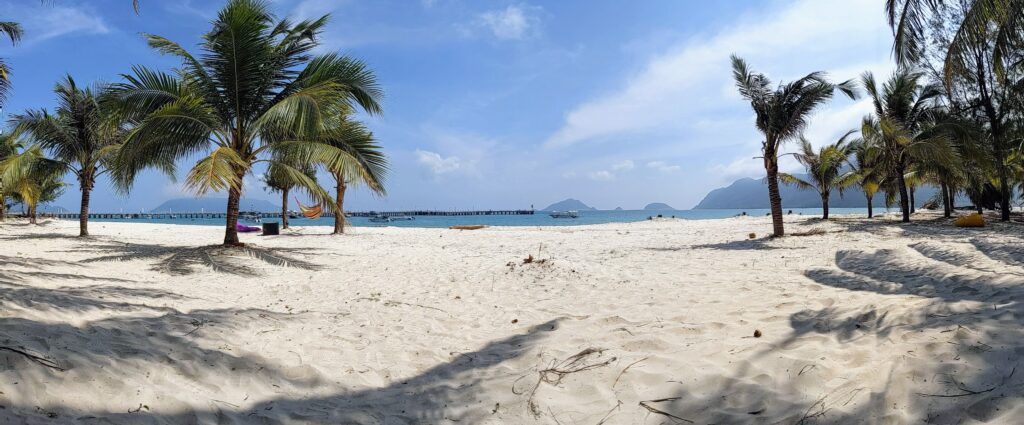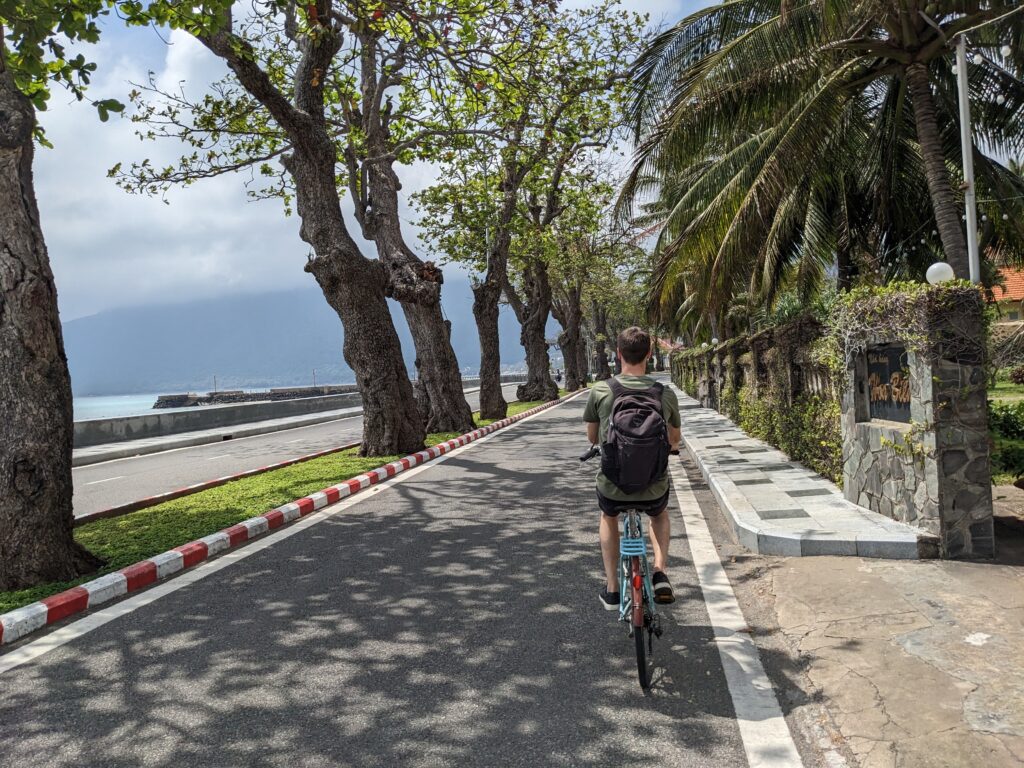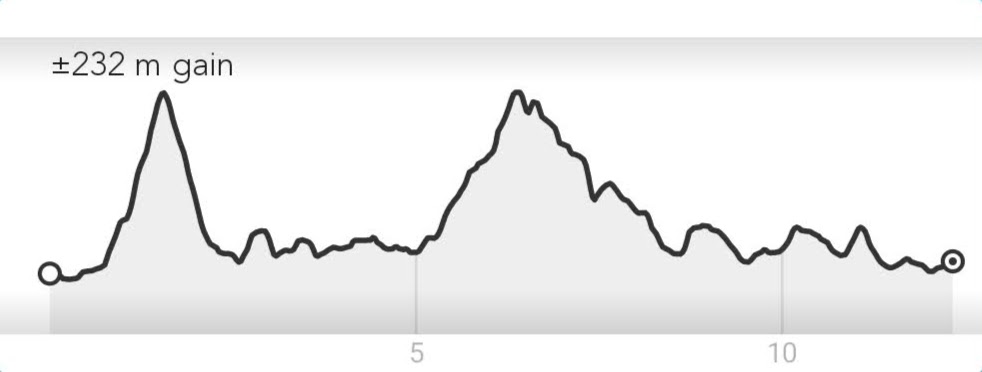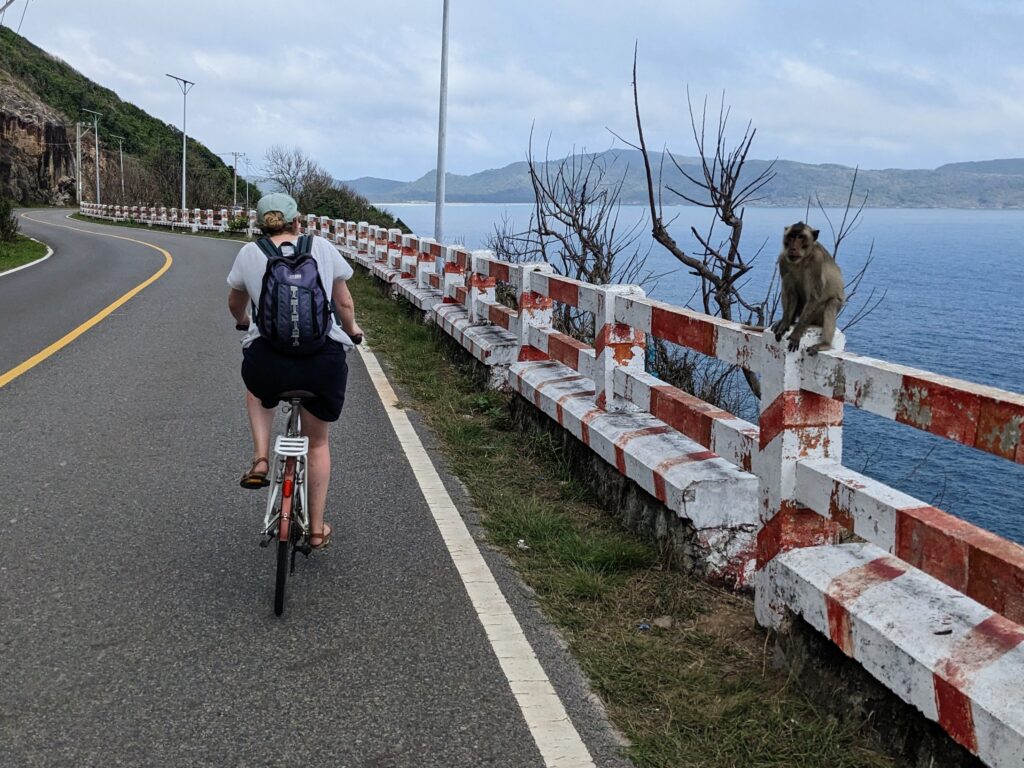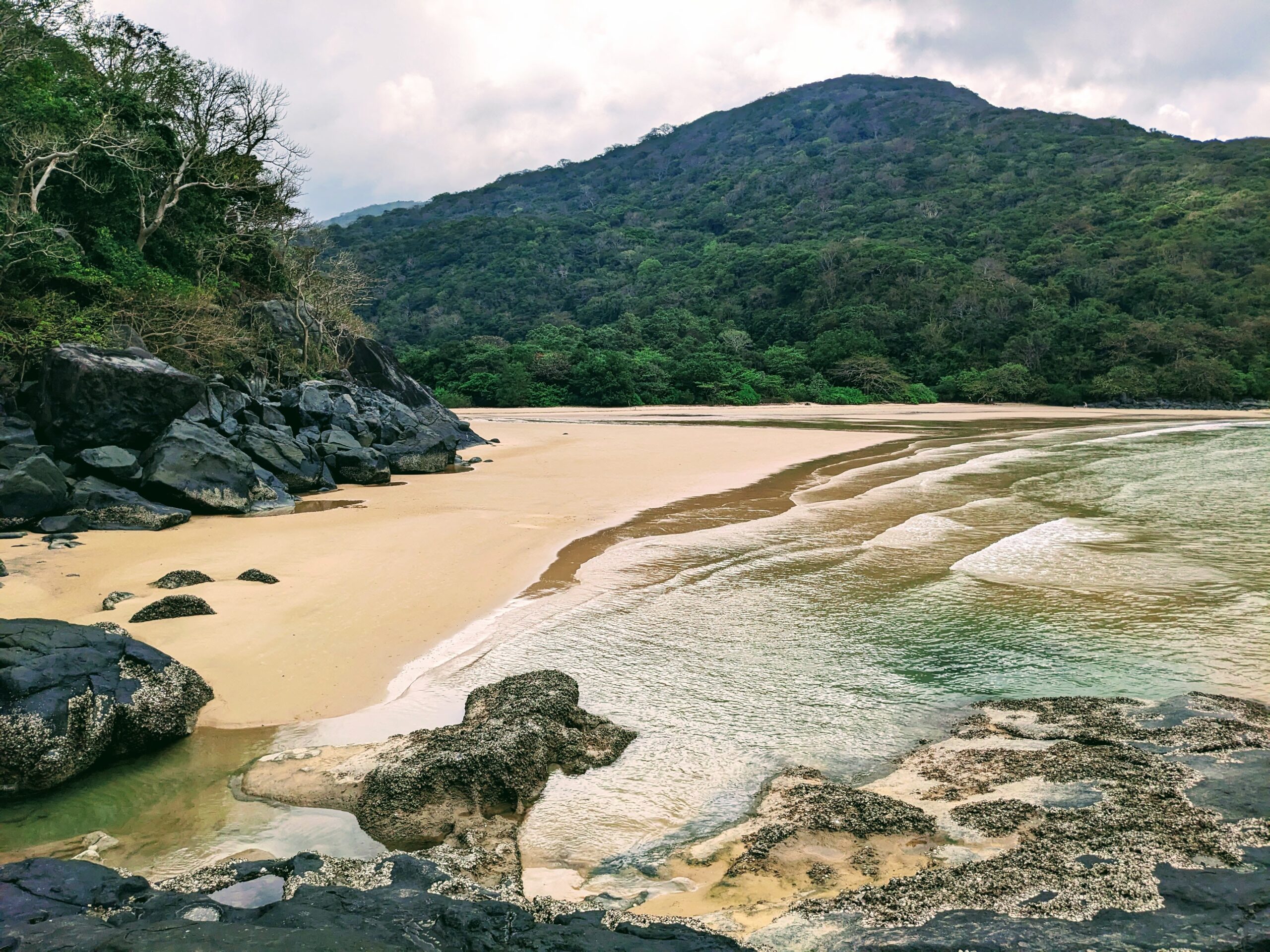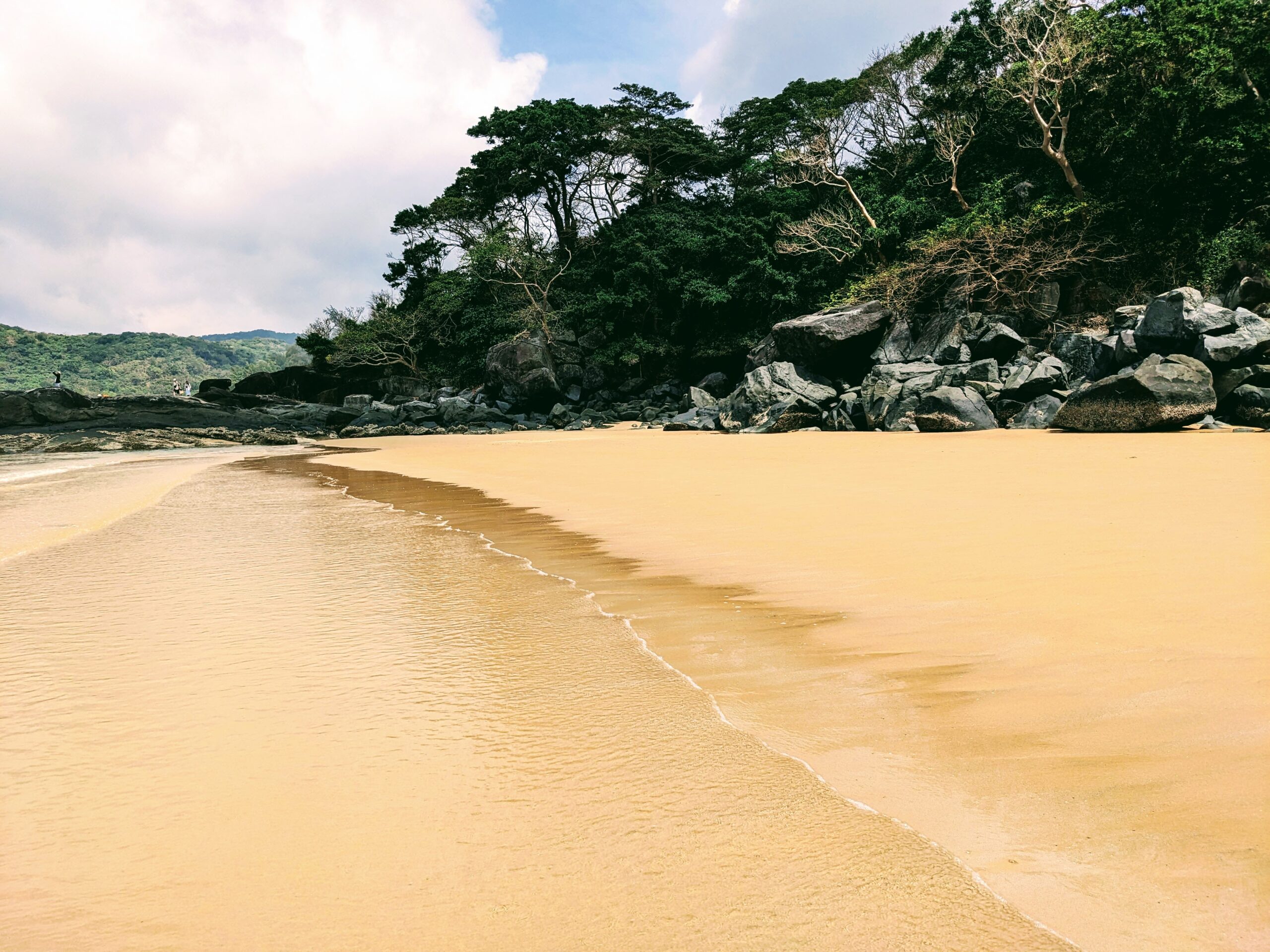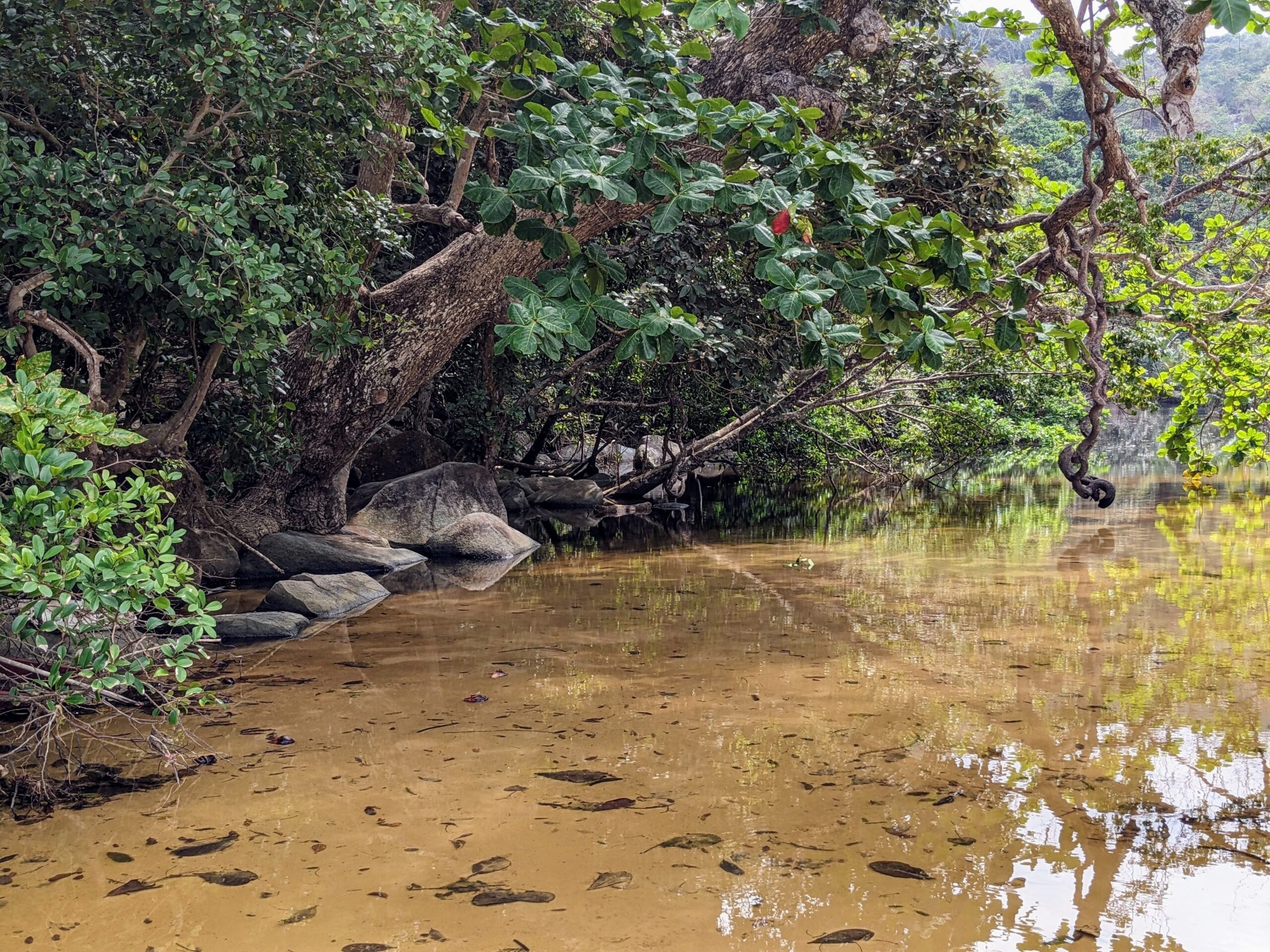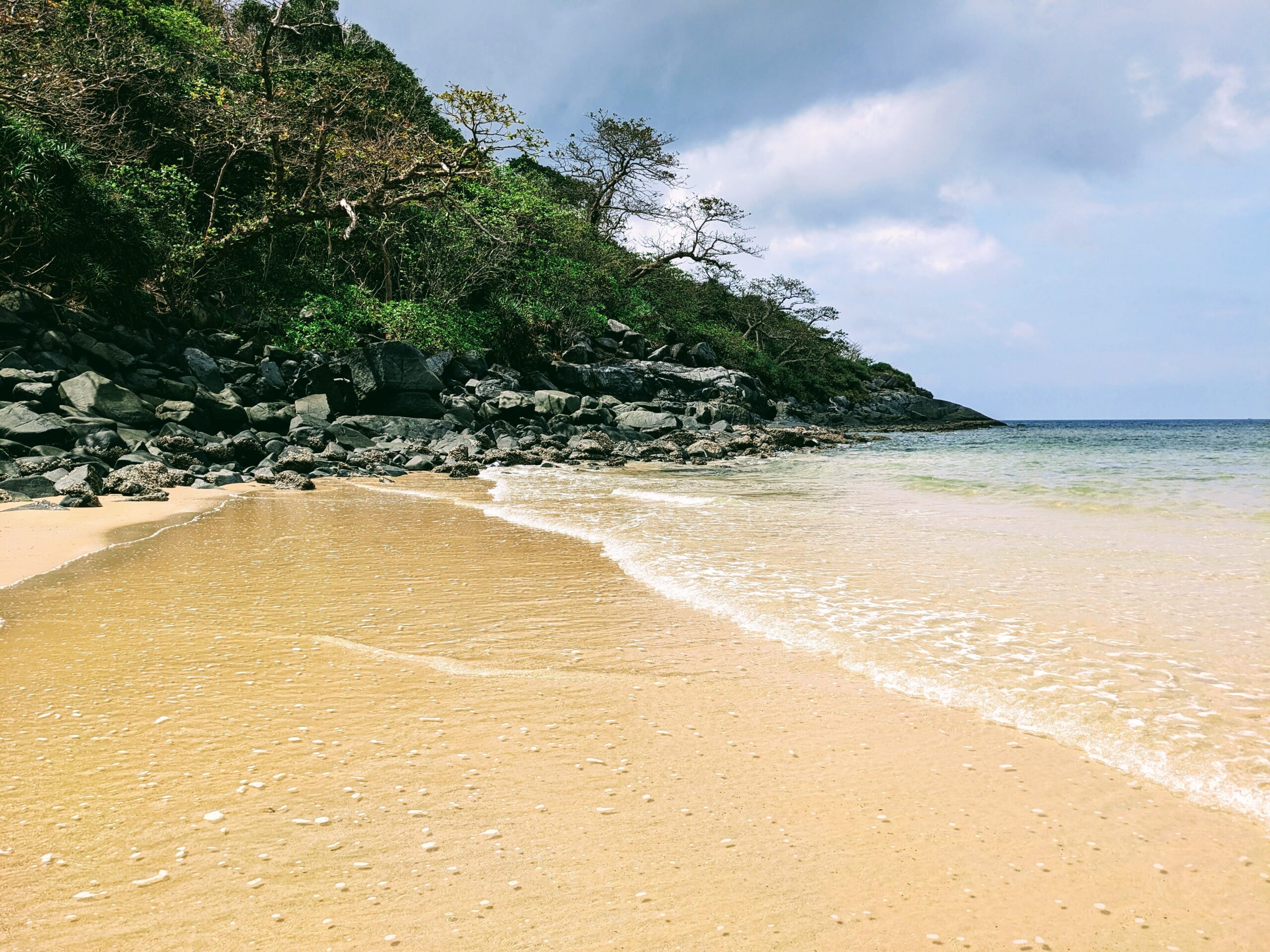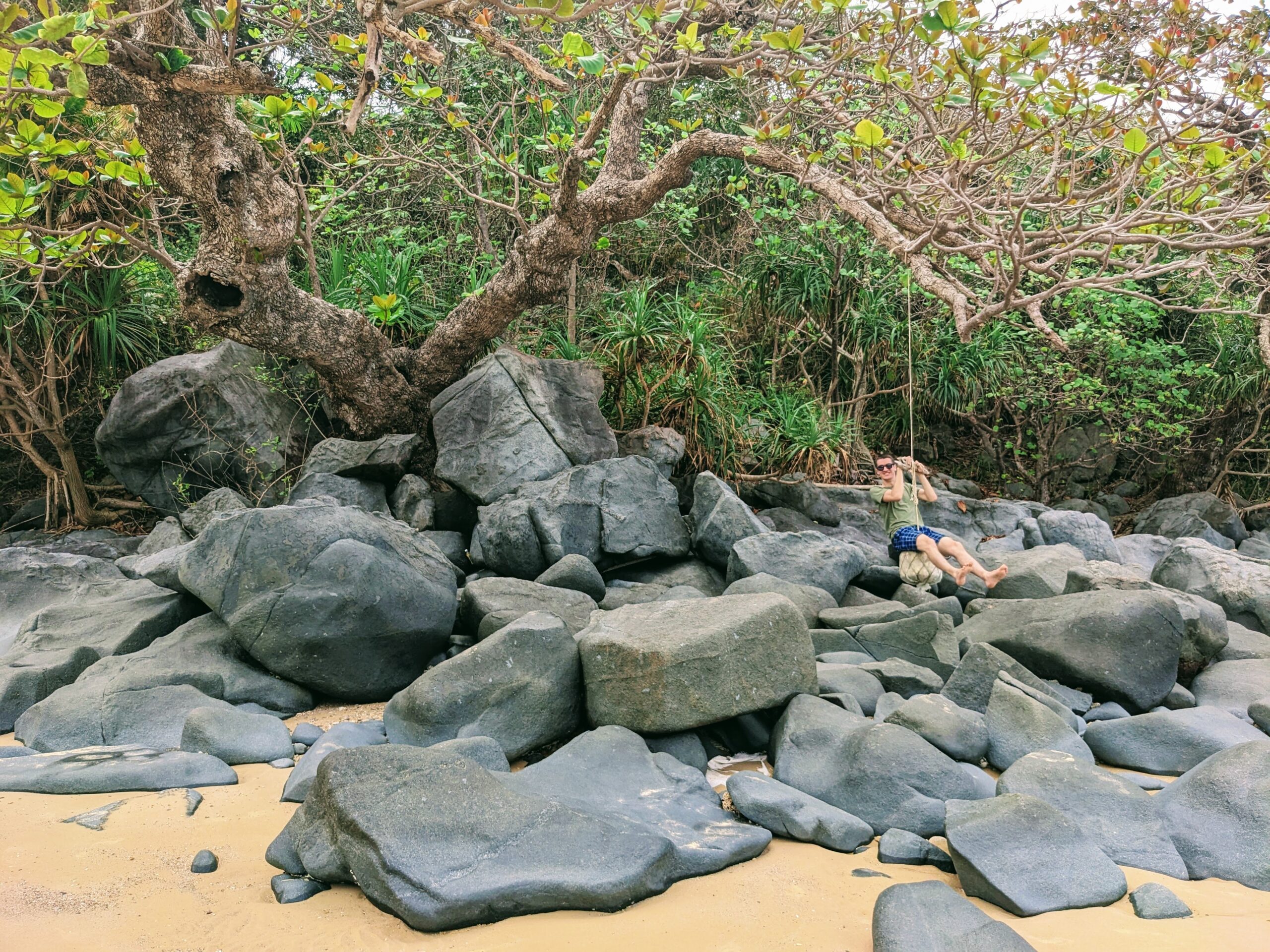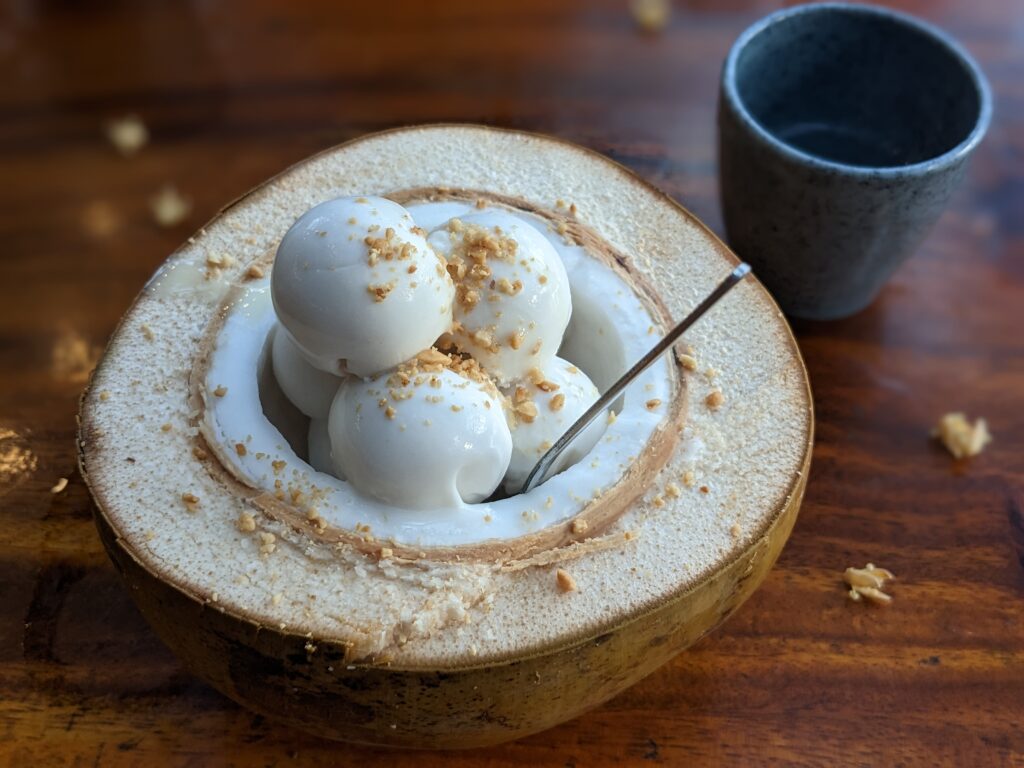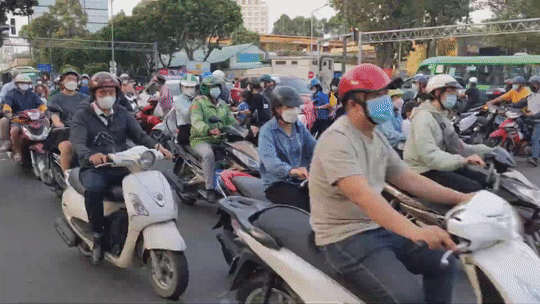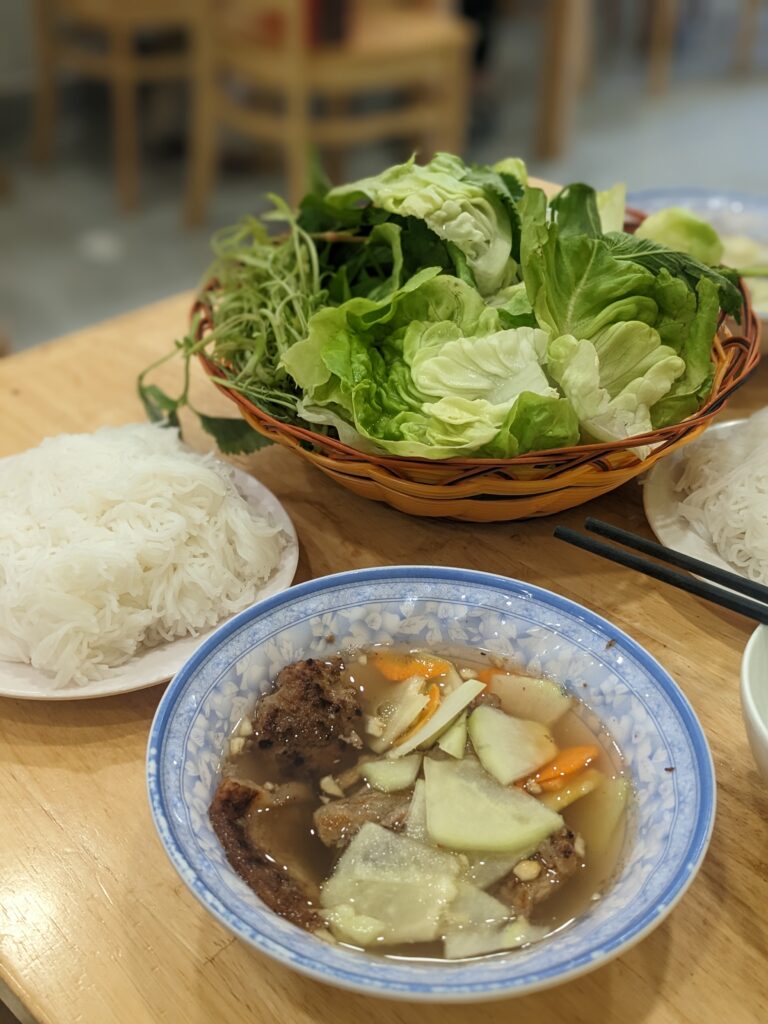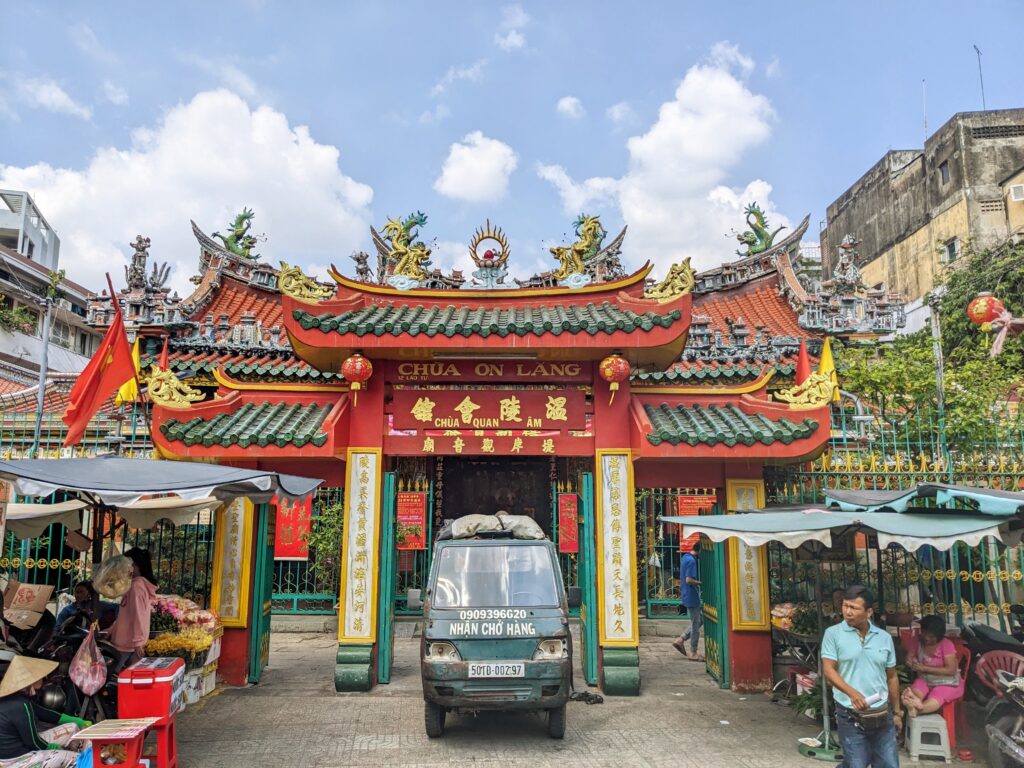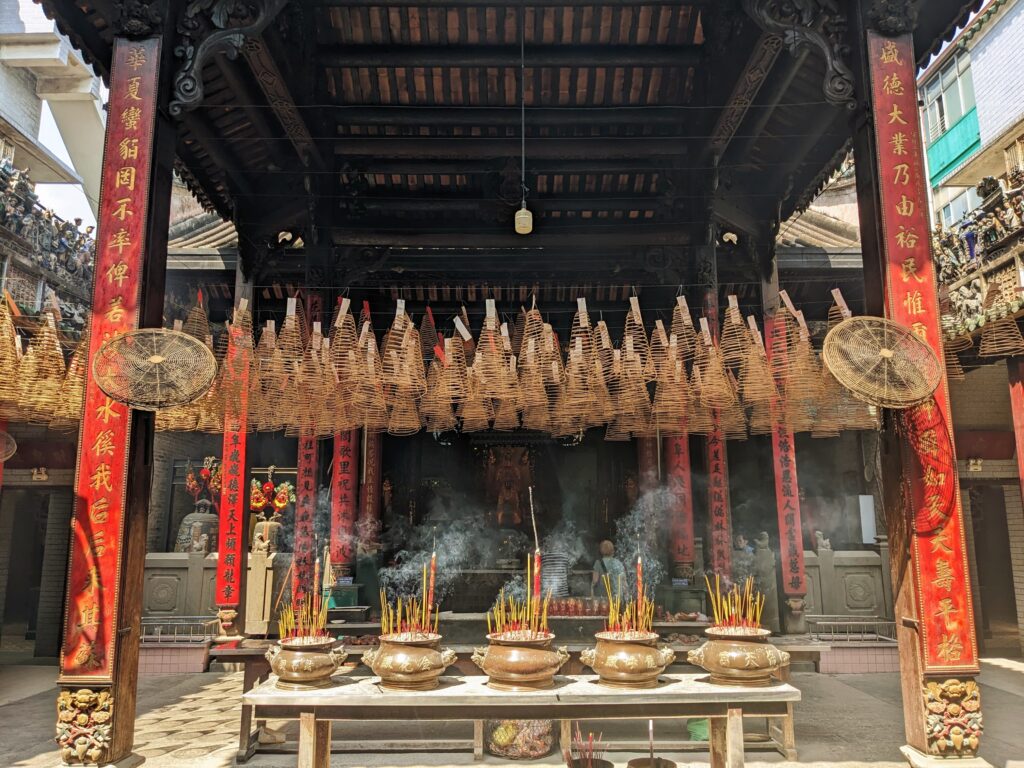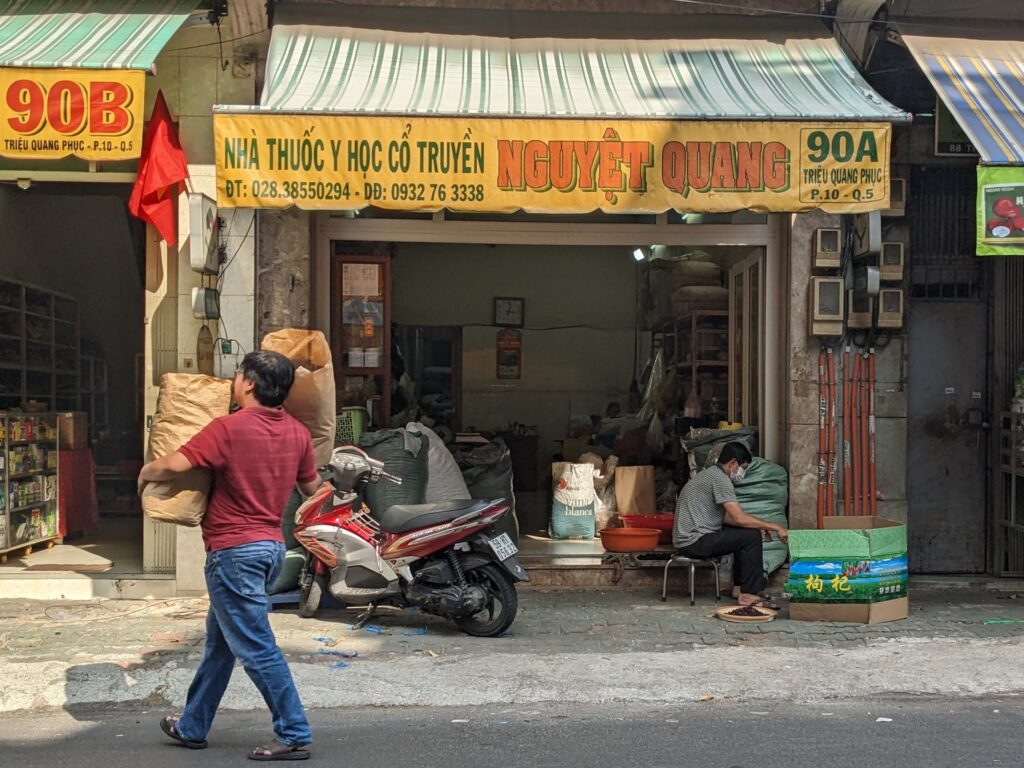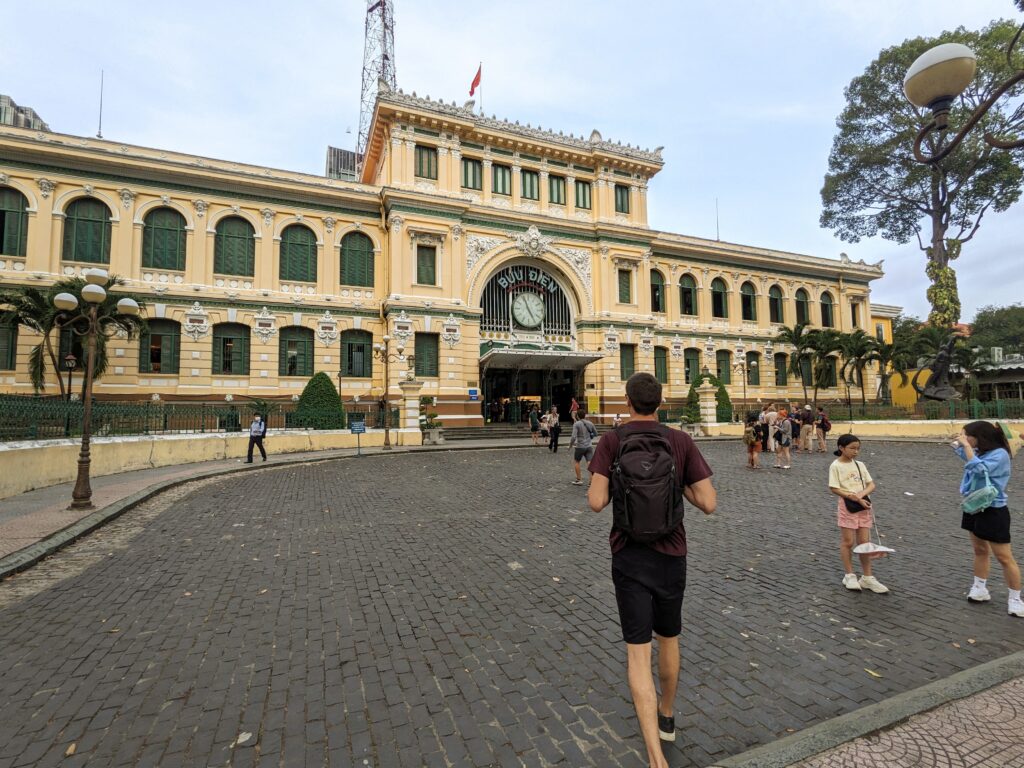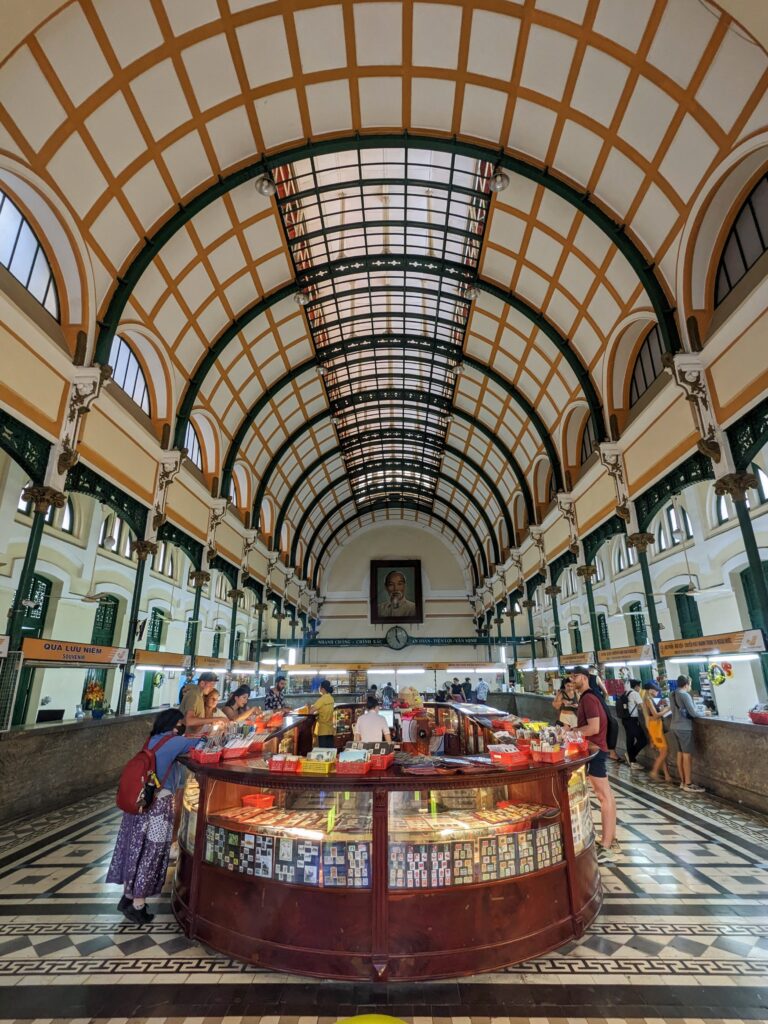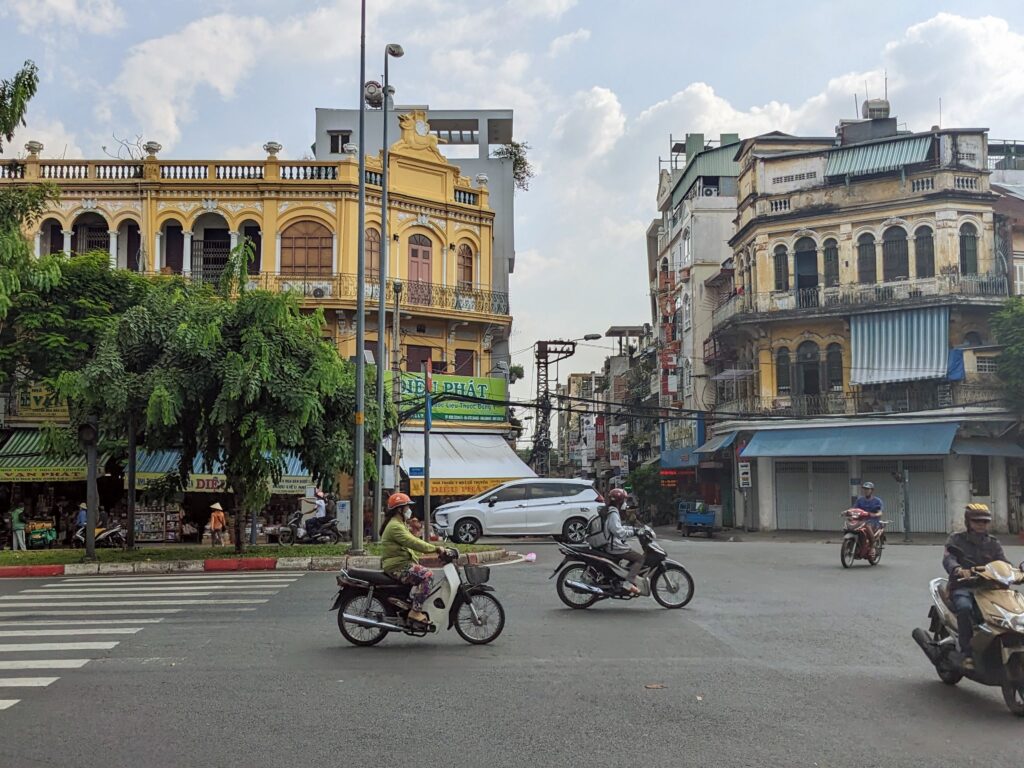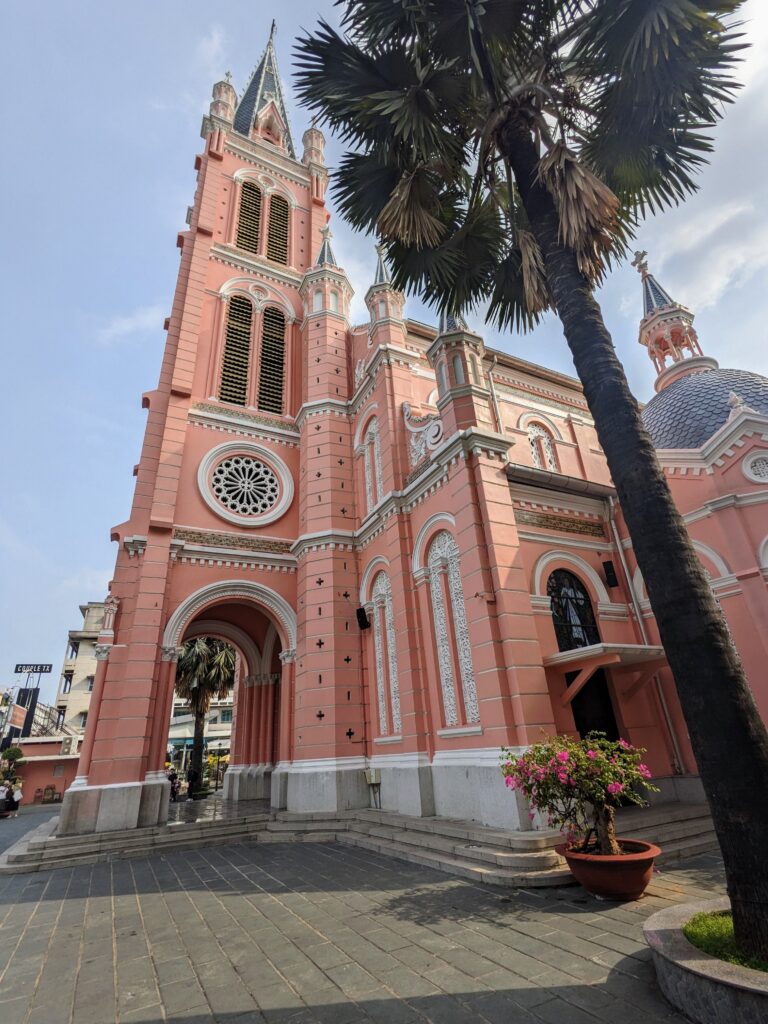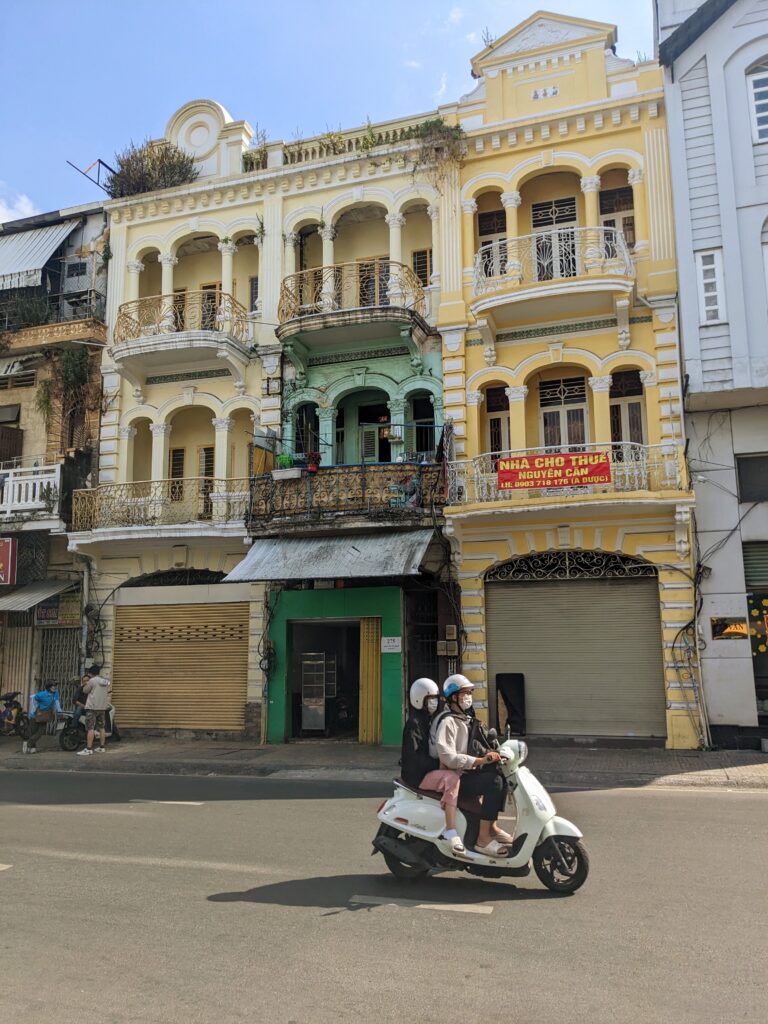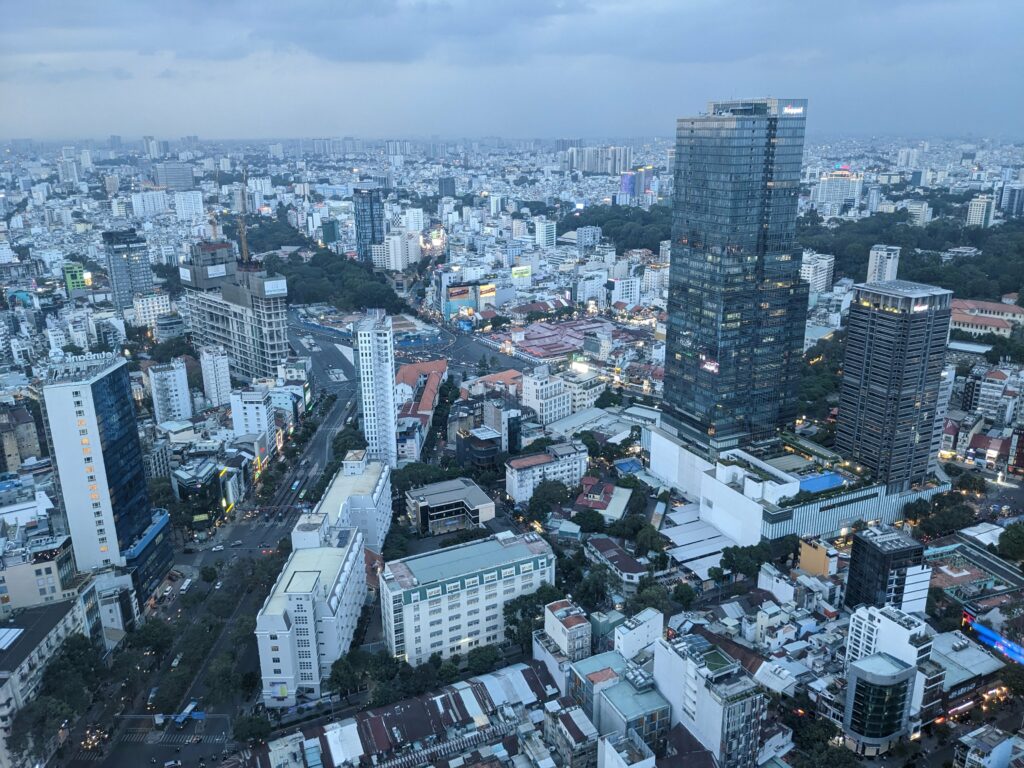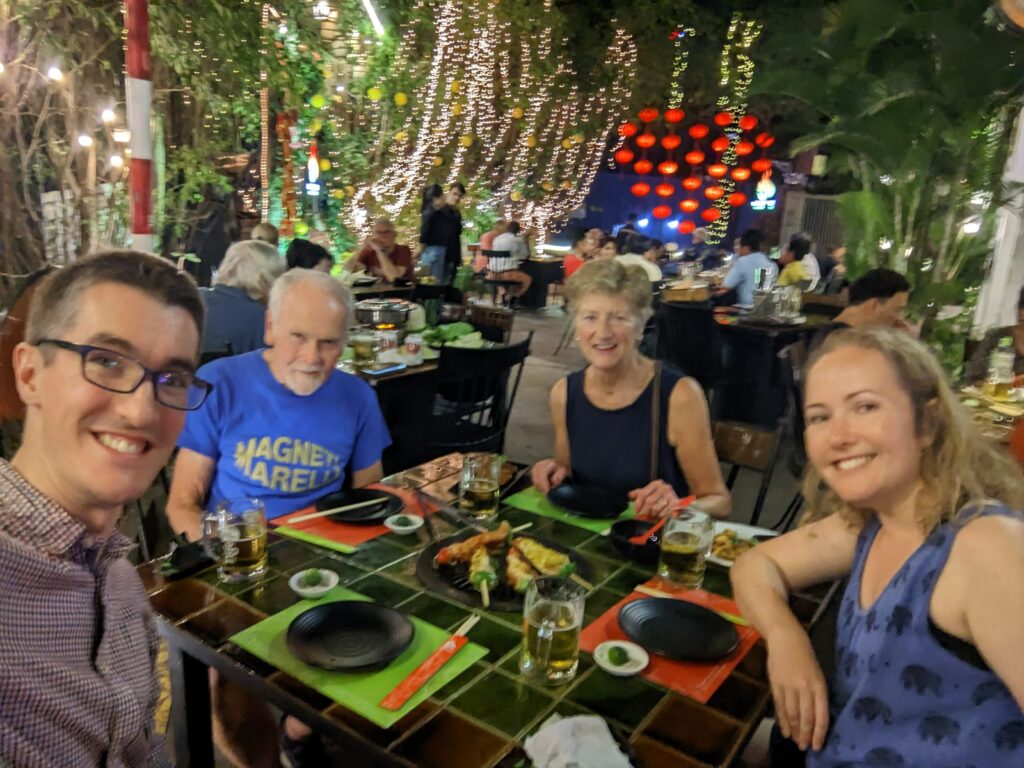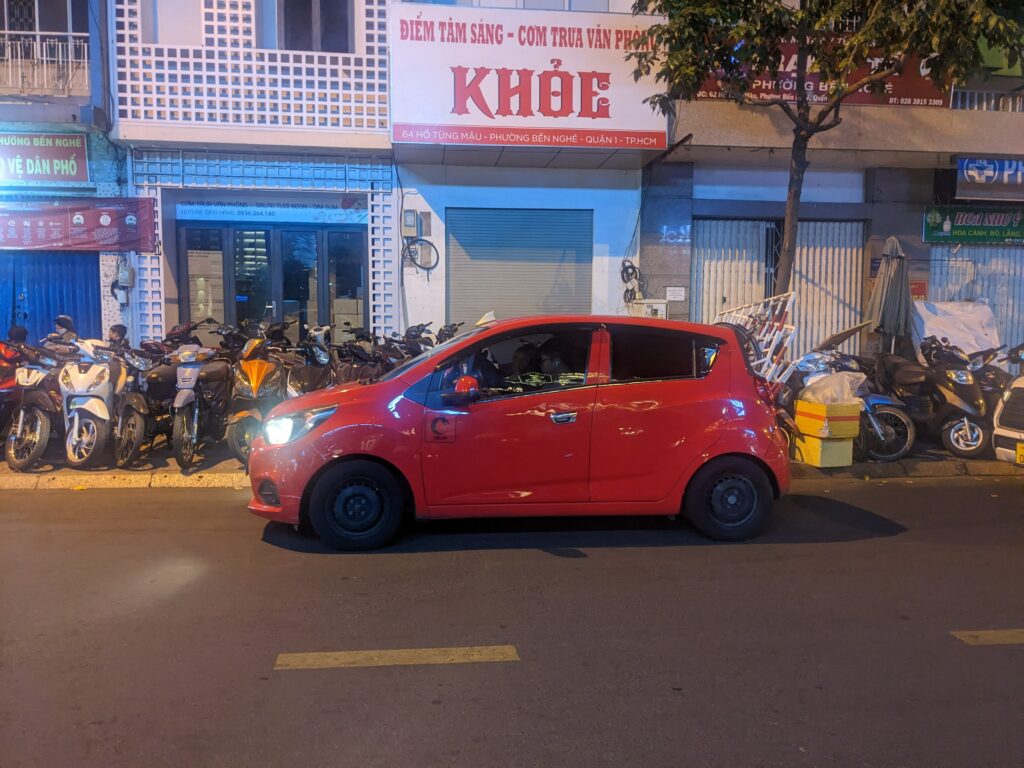We travelled pretty much the whole length of Vietnam during our 25 day stay. After celebrating Tết in Hanoi, we kayaked in Hạ Long Bay, explored the ancient capital of Huế, cycled the backwaters of Hội An, ventured to the colonial hilltop town of Đà Lạt, ate our way through the culinary capital of HCMC and finally visited the island prison of Côn Đảo. It was our second visit to Vietnam, and the country reaffirmed its place as one of our favourites in the world.
Carbon 🚆
Our travel to and around Vietnam was responsible for the second highest emissions of any country we’ve visited on this trip to date. This was largely due to our flight from Tokyo to Hanoi, and although we would have preferred to make this connection by train through China, this still wasn’t possible due to the impact of the pandemic.
Our carbon emissions from air travel now account for more than half of our total emissions, despite our attempts to minimise flying. It just goes to show the importance of optimising flights (i.e. fly the shortest distance possible and avoid indirect flights) before worrying too much about ground transportation.
Our travel to Vietnam has pushed our total carbon emissions since leaving London to over four tonnes of carbon dioxide equivalent, so we’ve offset another tonne through the Climate+ portfolio. A log of all of our offsets is available in the Gold Standard Impact Registry.
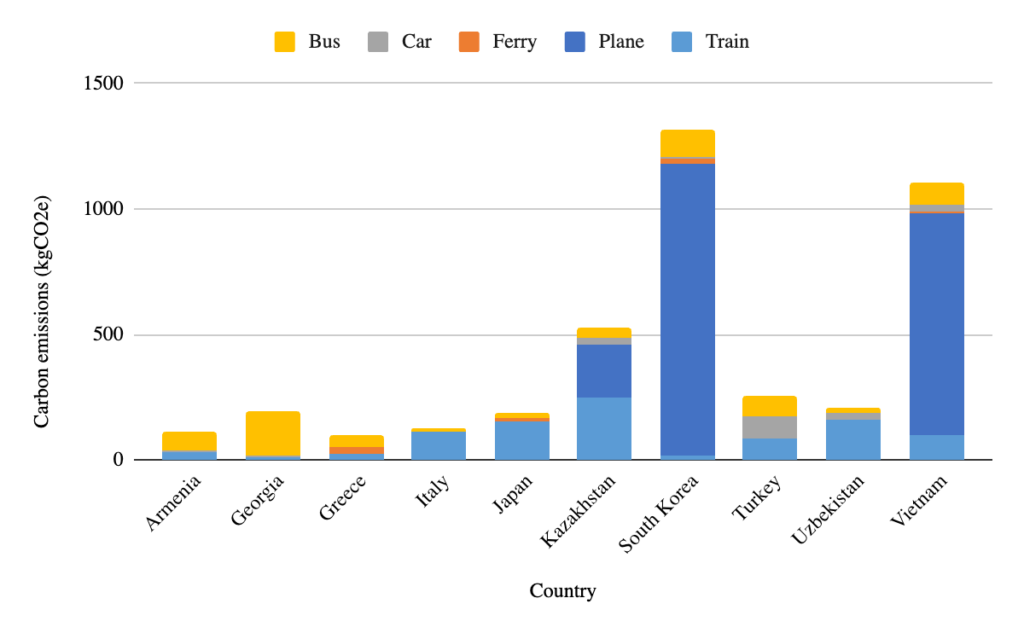
Carbon emissions aside, flying is a pretty compelling way to get around Vietnam. Mick & Helen can attest that their internal flights were affordable, comfortable, fast and reliable. In comparison, long distance trains and buses in Vietnam seemed to leave something to be desired, although the scenery we saw out of the window was spectacular. Overall, train travel in Vietnam was quite the contrast to Japan’s Shinkansen!
Cost 💰
In general, Vietnam was one of the most affordable countries we’ve visited. In fact, if we exclude our expenditure on our arrival flight and our splurge on the cruise through Hạ Long Bay, I’m sure Vietnam would give Georgia a run for its money.
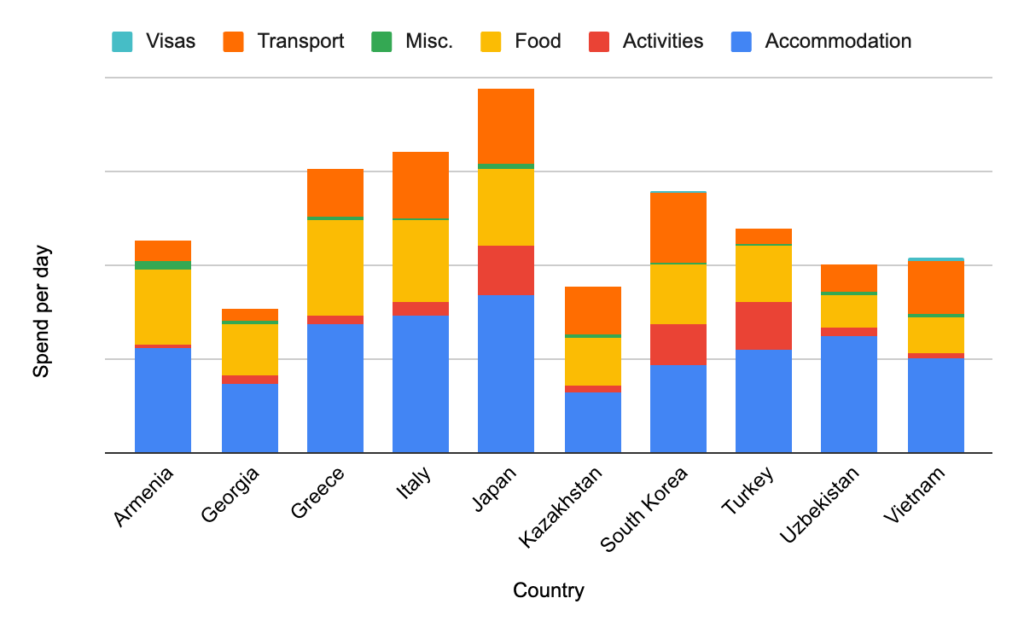
Cats 🐈
We were saddened to find that Vietnam only came in with a score of 2.64 cats per day, although to be fair we didn’t pay for any cat encounters like we did in Japan and South Korea.
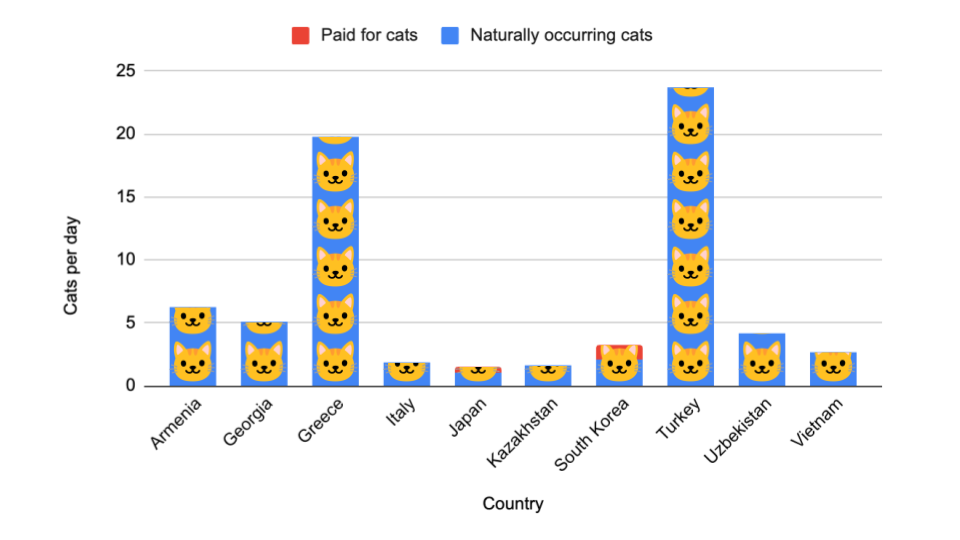
While it seemed very common for households to keep dogs as pets, cats on the other hand seemed to live on the fringes of society. In fact, we learned that keeping cats is unlucky according to Vietnamese superstition, while keeping dogs apparently brings good fortune. Furthermore, the year of the cat (which started the day after we arrived in Vietnam) is not a lucky year, so Vietnamese folks are extra careful to avoid anything that could bring additional bad luck into their household.
On the plus side, the vast majority of the cats that we did see turned out to be ginger. We’re not sure why this was, but we’re certainly not complaining!
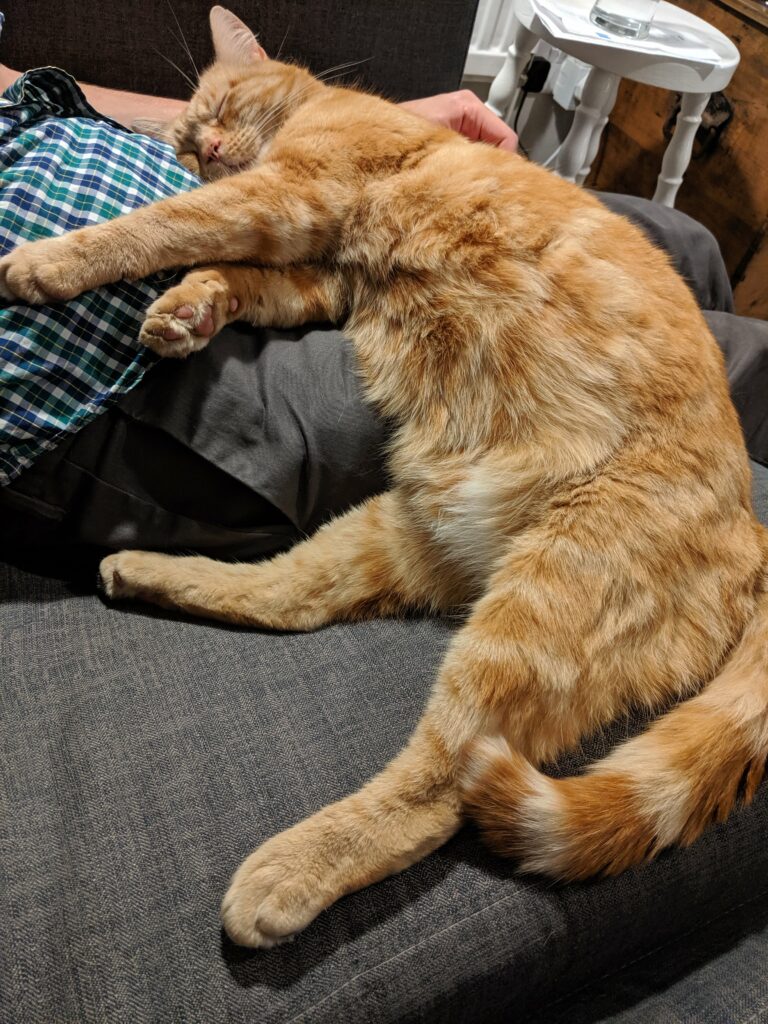
Still, we did come across a couple of cats that were more than worthy of an award…
🏅Friendliest shopkeeper in Hanoi
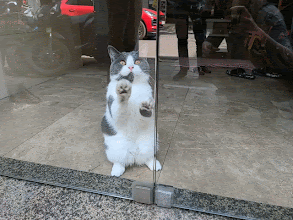
🏅Loudest breakfast companion

Culture 👨👩👧
🎤 Neighbourhood karaoke: Karaoke seemed surprisingly popular in Vietnam, but not as we knew it. Performances weren’t confined to bars or private rooms, but instead were broadcast throughout a neighbourhood from a household’s front room, at all times of day. On top of this, Vietnamese karaoke music is quite, erm, different, to the catchy hooks of western or Korean pop music, and instead the music is slow, meandering, and devoid of any repetition. And even if the music were to our taste, the execution was a little hit and miss, with many men seemingly unaware of the absolute racket they were creating. This is one of the few elements of Vietnamese culture that we were glad to leave behind!
🍜 Food: Affordable street food undoubtedly rules supreme in Vietnam. We learned a good phrase in Vietnam, which translates to something like: “westerners eat with their eyes, Vietnamese eat with their bellies”, which means: don’t judge a restaurant by its appearance, but by its reputation for flavour.
🛌 Public napping: This is one cultural difference that Sara could really get on board with – napping anywhere, any time! She still needs a bit more practice before she can sleep perched on a motorbike, though.
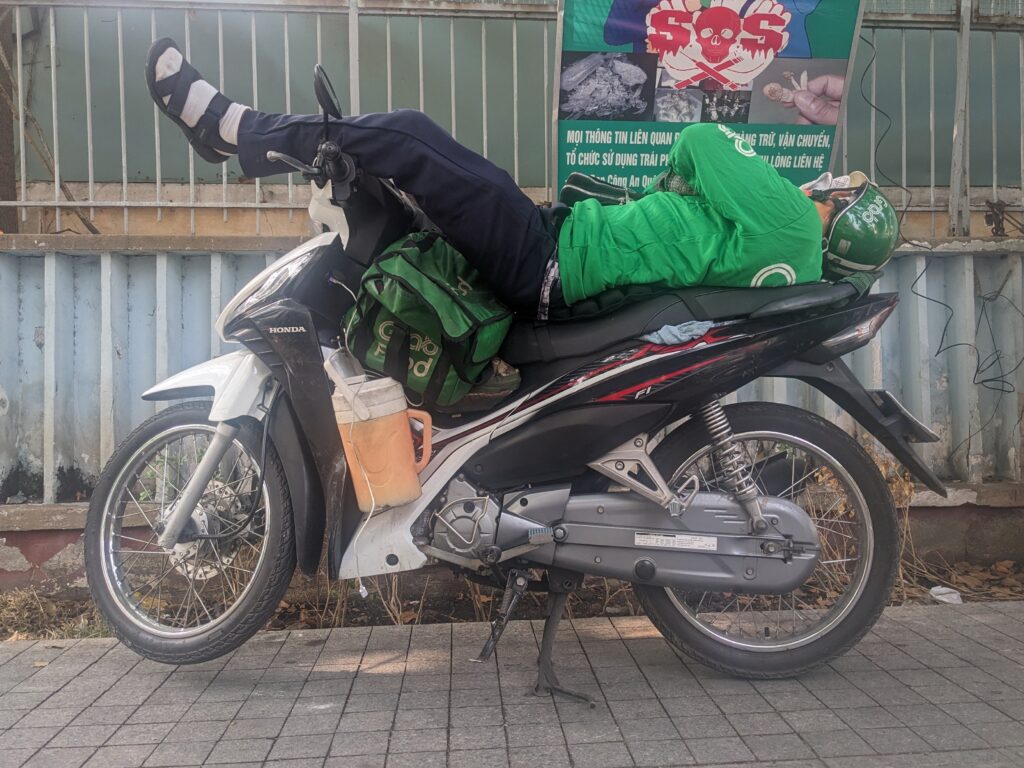
We enjoyed our time in Vietnam so much that ended up staying a little longer than we initially intended, but are happy to be leaving the country with no regrets. The next country on our hit list is Cambodia, where we’ll spend 11 days exploring the capital city of Phnom Penh, the colonial riverside town of Battambang, and the ancient temples of Angkor.
